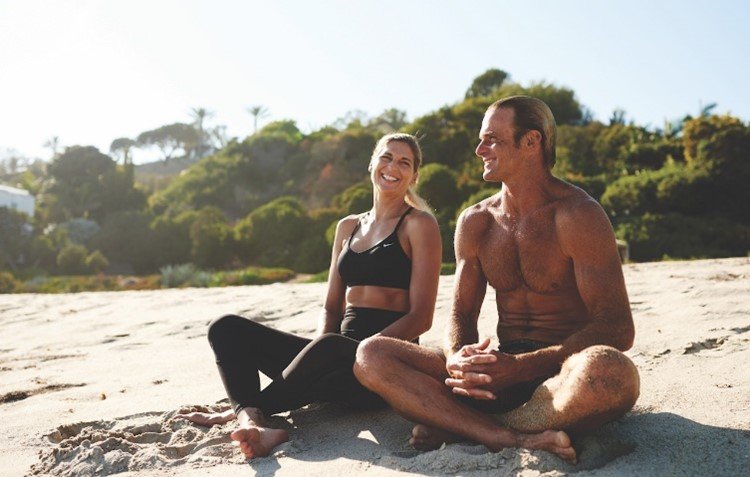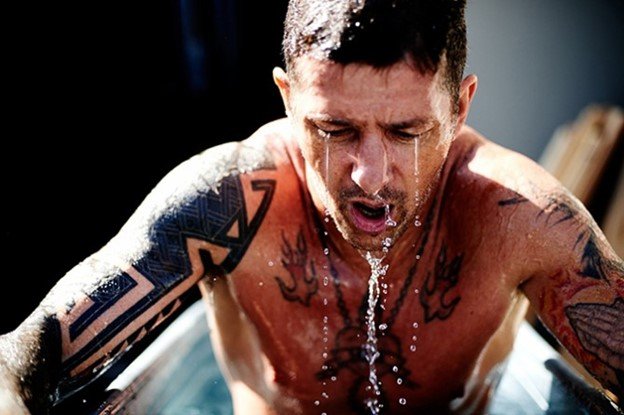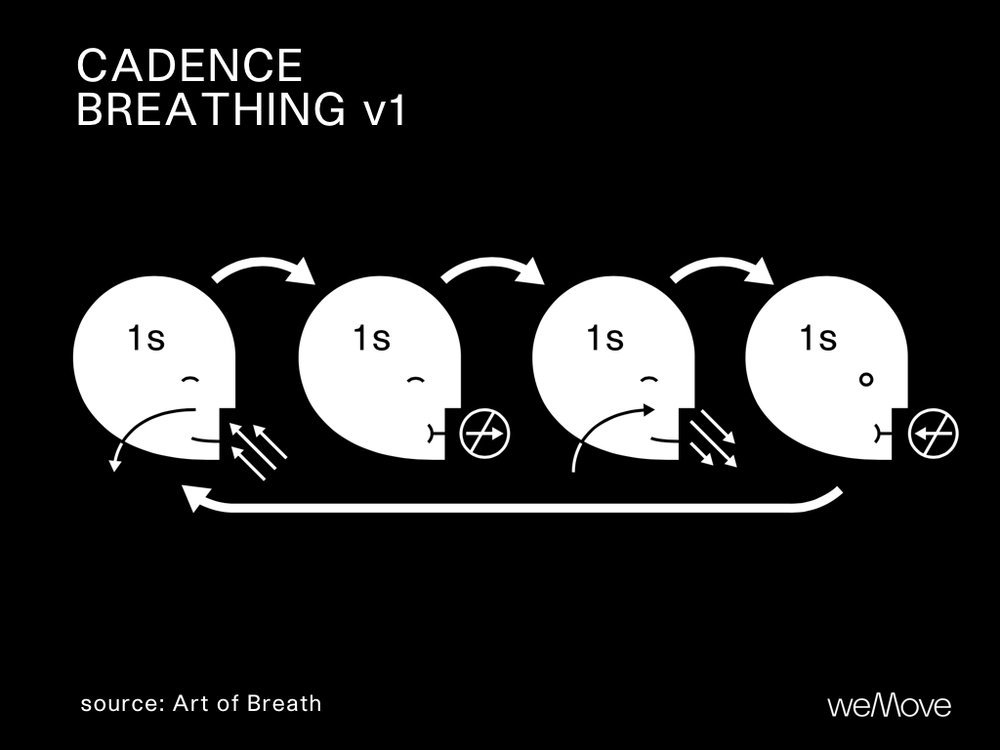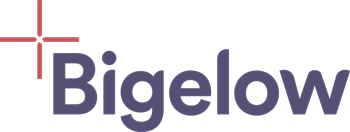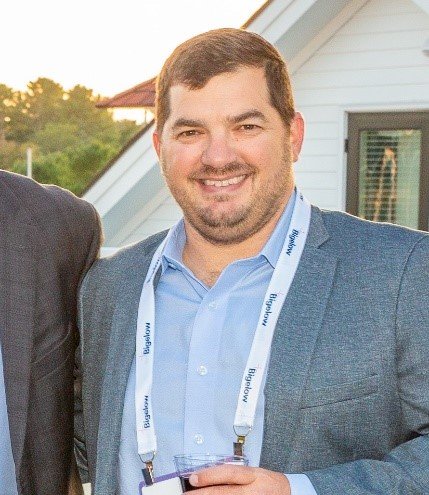4 minute read
Portsmouth, NH
Contributed by R. Taylor Breed
What if there is something you can do in preparation for a capital gain transaction that will contribute to assuring the sustainable success of your enterprise? What if it will lead to higher valuation, faster speed to close, better alignment, likely accelerate growth, and energize your management team… with no cost to you or hiring required? Are you interested?
Many Entrepreneur Owner-Managers (“EOMs”) considering a capital gain transaction struggle with a common concern regarding their team, “When should I tell the team about my intentions? Do I need to tell them? Does it make a difference if they’re involved or not? Who should I tell? Can I trust the team to keep it confidential? What will they think of me? How will they react?”
This is a stressful and emotional decision. It may be another reminder of the personal and professional responsibilities that feel so heavy; for some, one’s own age and stage. More tangibly, it may conjure anxiety of being labeled as “selling out” or maximizing personal gain without caring about the team or community. Naturally, some EOMs appropriately ask whether the senior team is trustworthy enough not to share this confidential information with others inside or outside the company. Or maybe the fear is about their business, and how well it will be received by potential investors?
EOMs' assumptions and fears about privacy and confidentiality are deeply felt, and, are so common and natural that they are systematic and predictable. On this topic, however, they are systematically and predictably wrong.
Bigelow’s experience is that EOMs who introduce their intentions to their senior team for a capital gain transaction (someday) are met with a positive, appreciative response. Understanding is usual; “no kidding,” is common. Involving key managers earlier not only instills in them a feeling of value and trust, but provides them with the greatest opportunity to familiarize themselves with the individuals and advisors around the table, learn, professionally develop, and contribute to the effort. On very rare occasions there have been team members who have been brought into the “circle of trust” and reacted negatively, or break confidentiality, or prove to be a detriment to the experience. But this is by far the exception; not the rule.
If this topic makes you uncomfortable or squirm in your seat, the good news is you are not alone. Based on a recent study Bigelow conducted of 75 Entrepreneur Owner-Managers, 70% of EOMs expressed concern about confidentiality within their company and their industry before a capital gain transaction. Fascinatingly, post capital gain transaction, the perceived importance of both of these two issues declined more than any other important issue on a percentage basis. What this tells us is…”the exact thing I feared in advance of a transaction was the thing that, post-transaction, I now realize I should not have been worried about.” Wow; that’s good UNLEARNING. But, what if it could be unlearned in advance?
Almost universally, EOMs share that the response from team members after being told of the plan is, “I’m not surprised and thank you for telling me. I really appreciate it, and I want to help any way I can.” Further, those team members go on to contribute significantly to imagining the business of the future, being a trusted sounding board when difficult conversations and decisions come up, participating in meetings with potential investors, providing critical support during diligence, and having an established position in the eyes of the future investor for the business’ next stage of success.
Bottom Line:
When EOMs bring in their key management team, and entrust them with a shared vision, it unlocks substantial potential for everyone involved. Aligning interests and trusting the team leads to empowerment. A unified team will present well to all constituents, particularly potential next investors. An energized team that can express their pride in the business will be a down-payment on the company’s future.
Note: In November of 2020 Pete Worrell and Taylor Breed were part of a panel for the New Hampshire Estate Planning Council. Watch this brief 3-minute clip where they actually discuss this same topic with the audience of 75 estate planning attorneys. Watch here.
For a list of commonly asked questions by EOMs related to bringing senior managers into the conversation regarding a potential capital gain click here

What I am Reading / Listening to
"Long Way Up" series (2020)
Produced by David Alexanian and Russ Malkin
Ewan McGregor and Charley Boorman ride their motorcycles from Patagonia to Los Angeles—about 13,000 miles in 100 days. And not just any motos, these are Harley Davidson all electric motos called LiveWires. The support team drove two Rivian all electric pickup trucks (said to be prototype 001 and 002).
As a long time motorcyclist, I first began to watch this series for the entertainment value of the adventure—from Ushwaia through Patagonia, Chile, Argentina, and on and on. But what really hooked me is the warm authentic relationship between Ewan and Charley, and the fun and appreciation they were having on the motos. No one who doesn’t ride can realize the sights, smells, wind, noise, that connect you with the topography on a motorbike compared to a car. The series is about 12 episodes and generated two outcomes for me. One, to jump on my R1200GSA and take a long ride (which I did just after writing this piece, the Sunday after Thanksgiving). The other unintended consequence—never take a long ride on a electric bike. So much of their anxiety and chaos and problems on the road were all about charging, losing charge prematurely, riding into night and cold with low batteries, and so on. Might be a great around town solution though?

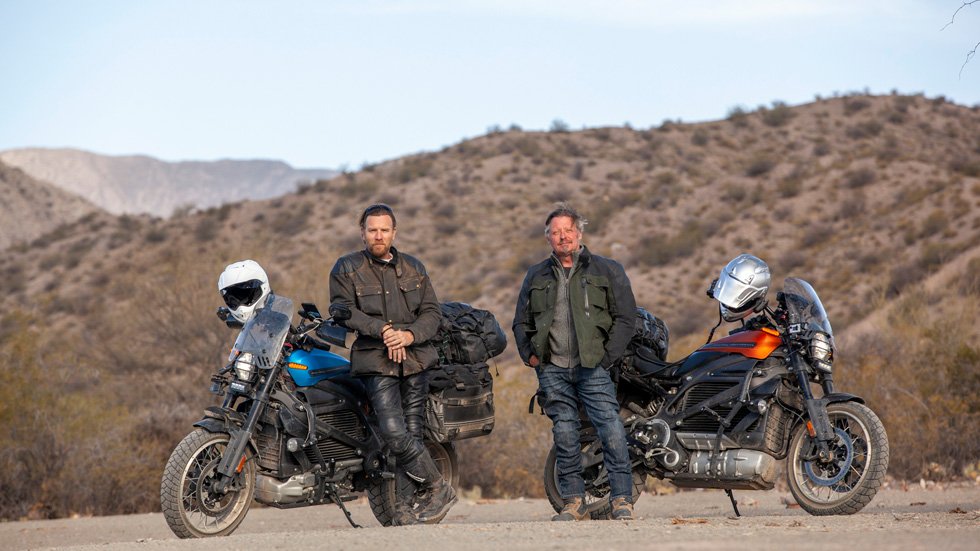
Entrepreneur Owner-Manager Quote
“Our relationship and ultimate transaction became a life changing event for our company, management team, and my family.”
-Mike Trigilio, Founder & former President of Associated Home Care, Inc.
Energy Creation
Breathwork Changes Your State
For high performing EOMs, sustained peak performance is a state of chronic stress which requires a practice of peak recovery. Many friends have asked me about my Breathwork practice, so here is a brief description.
I first ran into the concept (as have many others) by learning about Wim Hof and his Breathwork and cold therapy. I have made daily Breathwork practice a part of my morning workouts for about the past four years, around the time I attended an XPT Weekend led by Laird Hamilton and Gabby Reece.
Two great learnings came out of that weekend. First, Laird shared his unconventional way of working out with heavy weights under water. It involved strength training and breath hold and I love it (but a different post about that). Second, I met the great Brian MacKenzie and learned the theoretical foundations of Breathwork. I attended another daylong session with Brian the next year (in fact, we had discussions about funding a start up of a Breathwork app which seemed like a good idea but didn’t find an operating champion for it).
Essentially, Breathwork is a way to exercise your control over what is usually an autonomic activity (breathing). There are many methods, all the way from simply so called Square Breathing (e.g., say 6 seconds in, 6 seconds breath hold, 6 seconds out, 6 seconds exhale hold) to Holotropic Breathing, which is said to induce something akin to a psychedelic state in some people. Brian MacKenzie has a number of suggested routines here.
My own method is that I have devised some “sets” which include some superventilation, inhale hold, exhale hold, open heart breathing, and some exhale hold between sets. Wim Hof claims it doesn’t matter to him whether you breath by mouth or by nose. I think there’s a lot of research plus empirical evidence (thousands of years of yogis) to show that there is incredibly benefit by nasal only breathing which is what I do.
Basically, my routine inserts Breathwork into my workouts after metabolic or weights and before meditation. While I have been a TM meditator for over 30 years, when I added the Breathwork, I found it put me in an incredibly pre-meditative state—a state of flow—which really changed my energy level and supercharged my energy repletion / peak recovery.
Practice doesn’t make perfect, practice makes patterns.


